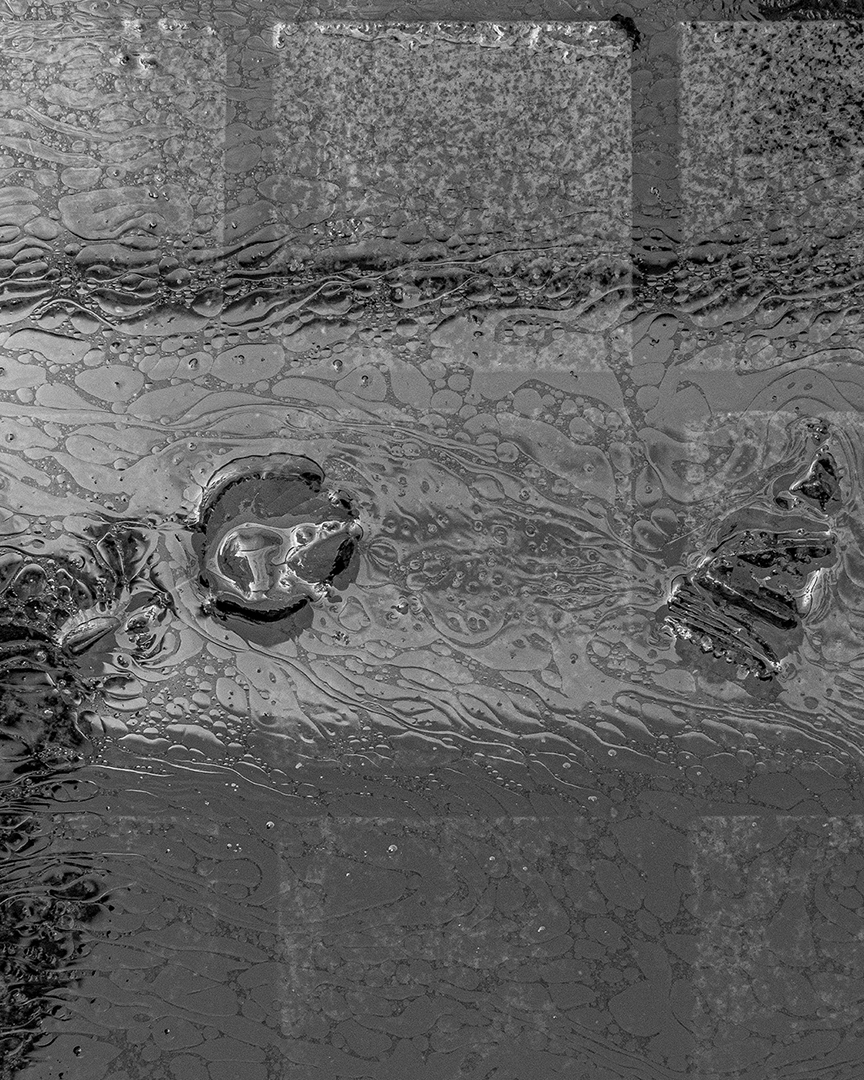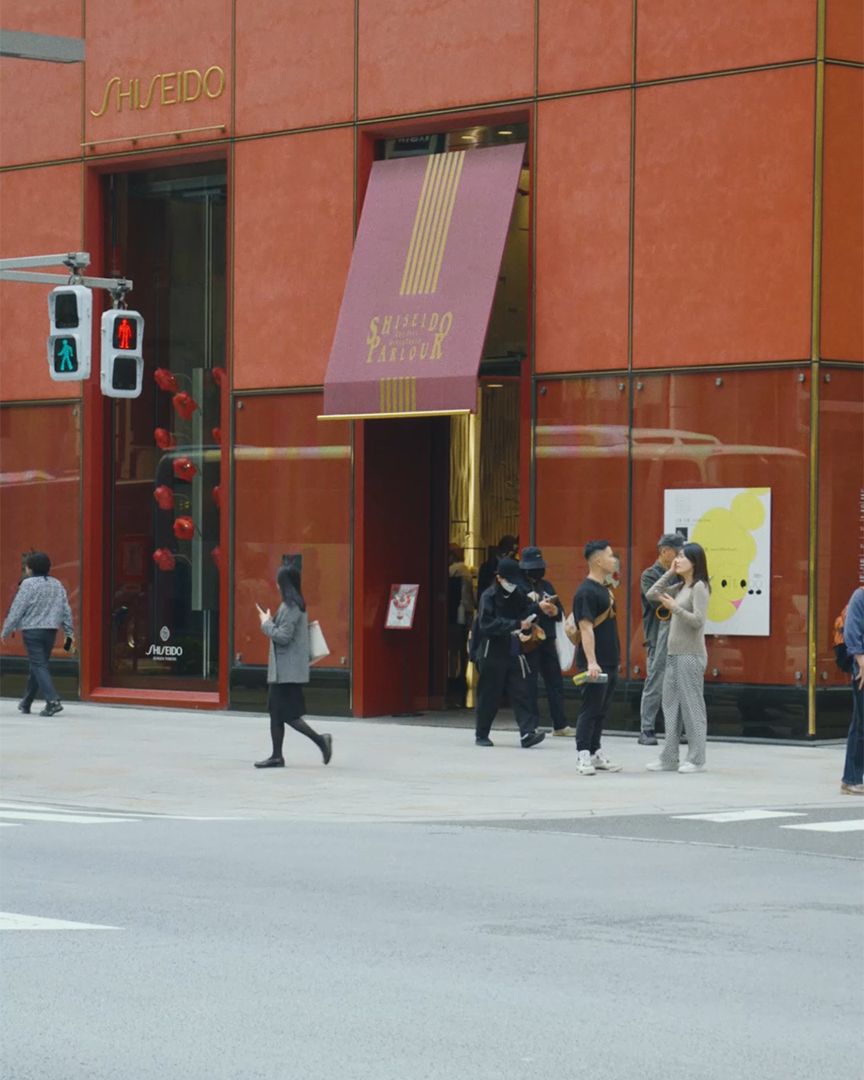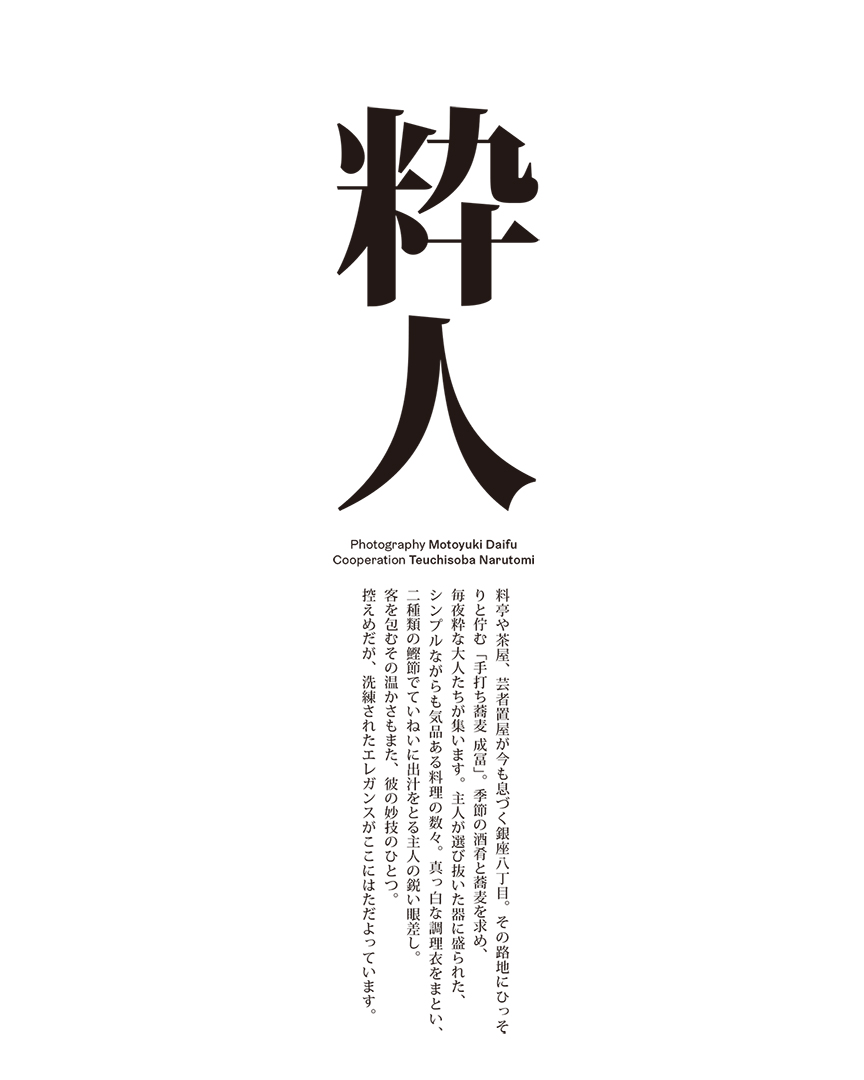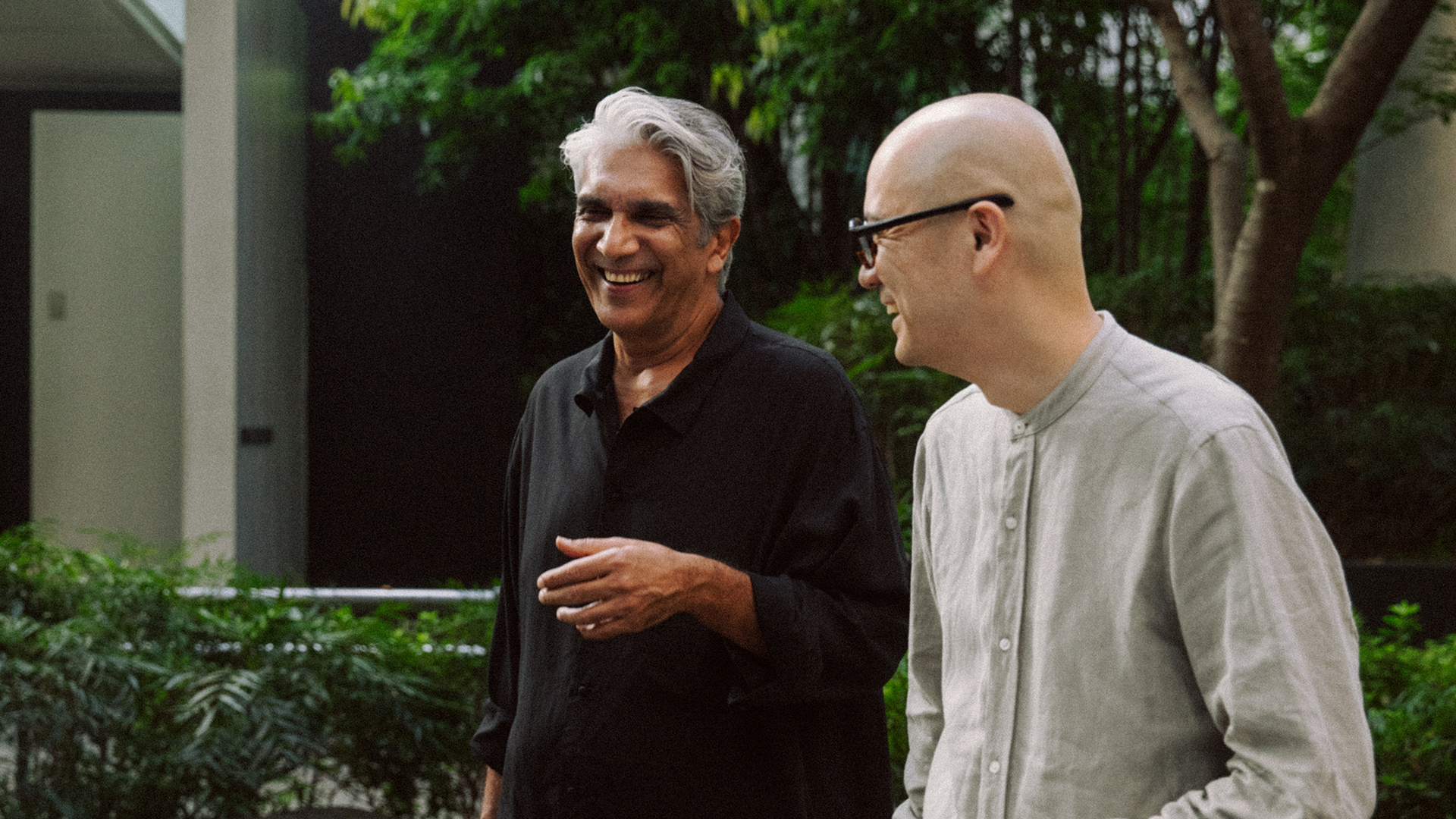
銀座――この魅力的な街は、多くの人々にとって、特別な瞬間や記憶に残る場所となっています。親に手を引かれて足を踏み入れたデパート、マスターのこだわりを感じる喫茶店、初デートで訪れたレストラン。どれもが、この街の独特の雰囲気と結びついています。
連載「銀座・メモワール」では、森岡書店代表、森岡督行さんがナビゲーターとして登場します。多様なゲストが織りなす銀座の豊かな物語を共有し、銀座の多面性とその普遍的な魅力に焦点を当てます。連載を通じて、銀座の隠れた魅力と多彩なストーリーに触れ、新たな価値を一緒に発見しましょう。
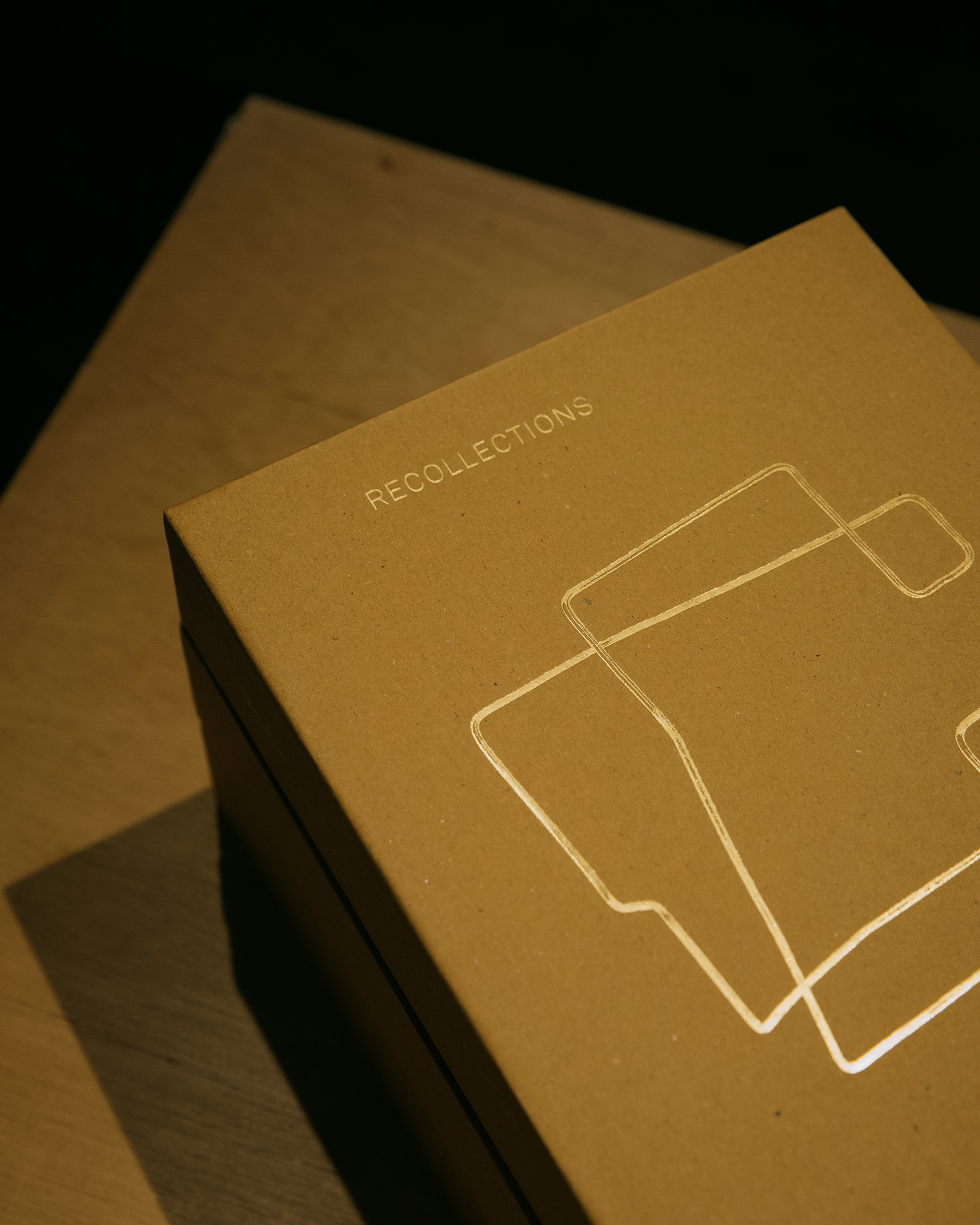
連載の最終回を飾るのは、建築家のビジョイ・ジェインさんです。インドの建築スタジオ「スタジオ・ムンバイ」を主宰するジェインさんは、“人間と自然の関係”に強い関心をもち、広島県・尾道にある複合型施設「LOG」をはじめ、土地と呼応するような建築を数多く手がけてきました。近年ではカルティエ現代美術財団など、アートスペースでインスタレーション作品を発表することでも注目を集めています。今回の来日も、森岡書店で開催されたジェインさんの作品集『Recollections』の刊行記念展に合わせてのものでした。
何度も東京を訪れているジェインさんですが、銀座をゆっくり回ったことはないのだそう。じゃあそれならと、森岡さんが水先案内人となり、泰明小学校から始まる銀座のモダンな建物を巡るミニツアーに出発したのですが、途中で立ち寄った「壹番館洋服店」でジェインさんはなんとスーツを仕立てることに――。偶然の出会いを大切にしているというジェインさんのモットーと即決力を直に感じながら、一行は森岡さんが事務所を構える奥野ビルの一室へ。対談は銀座ツアーの振り返りから始まりました。
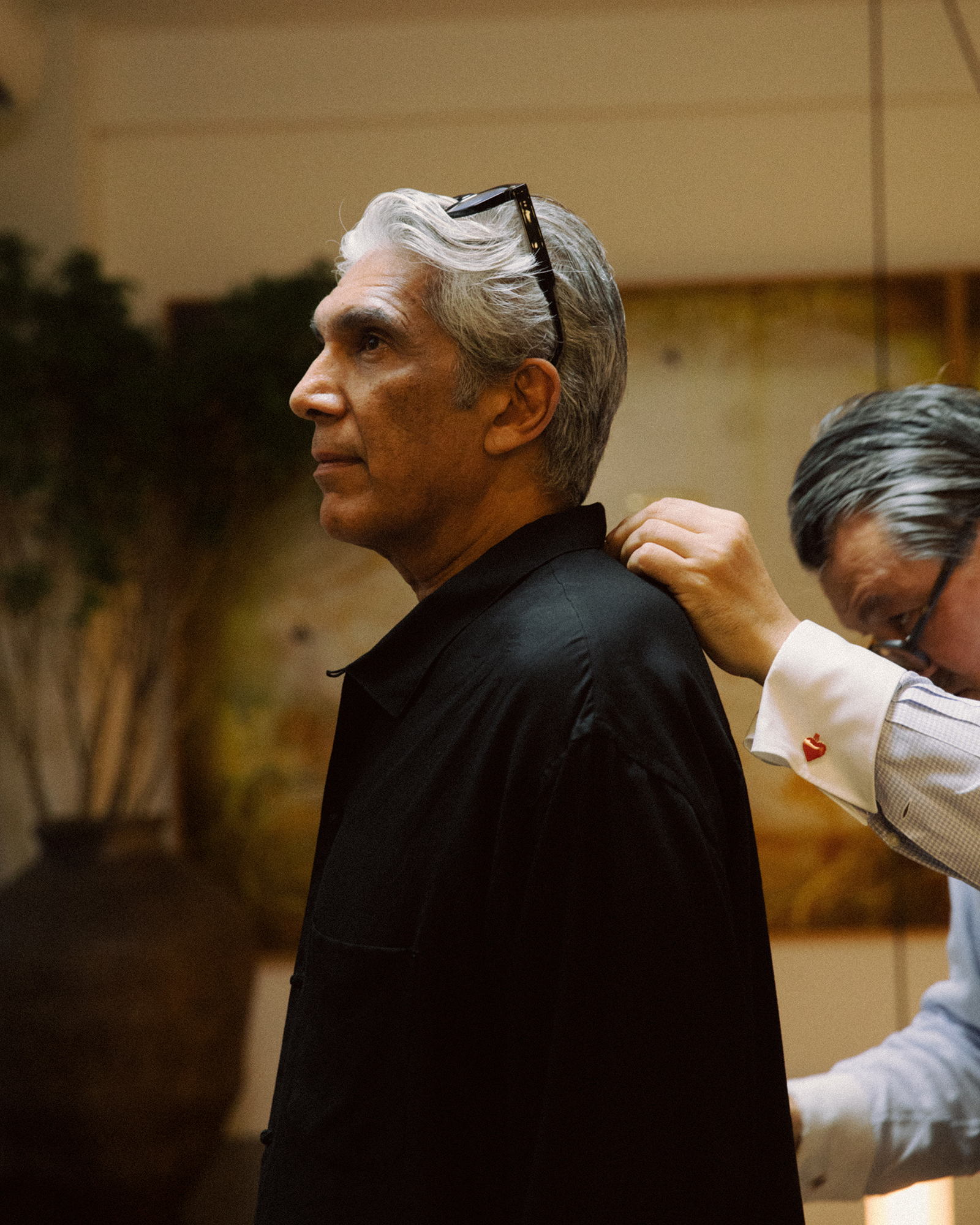
能のようにゆっくり動く銀座の老舗
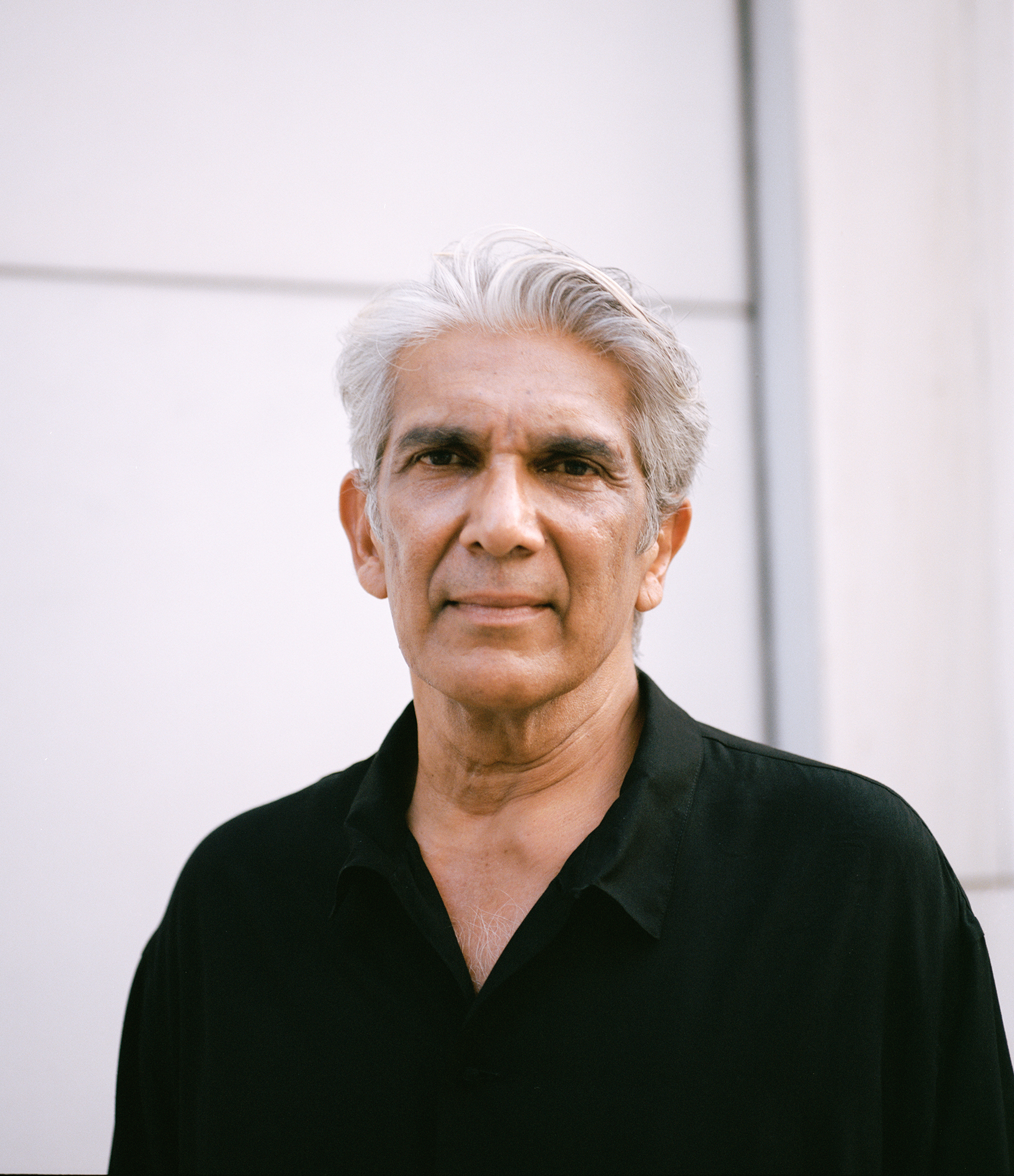
建築にあるユーモア
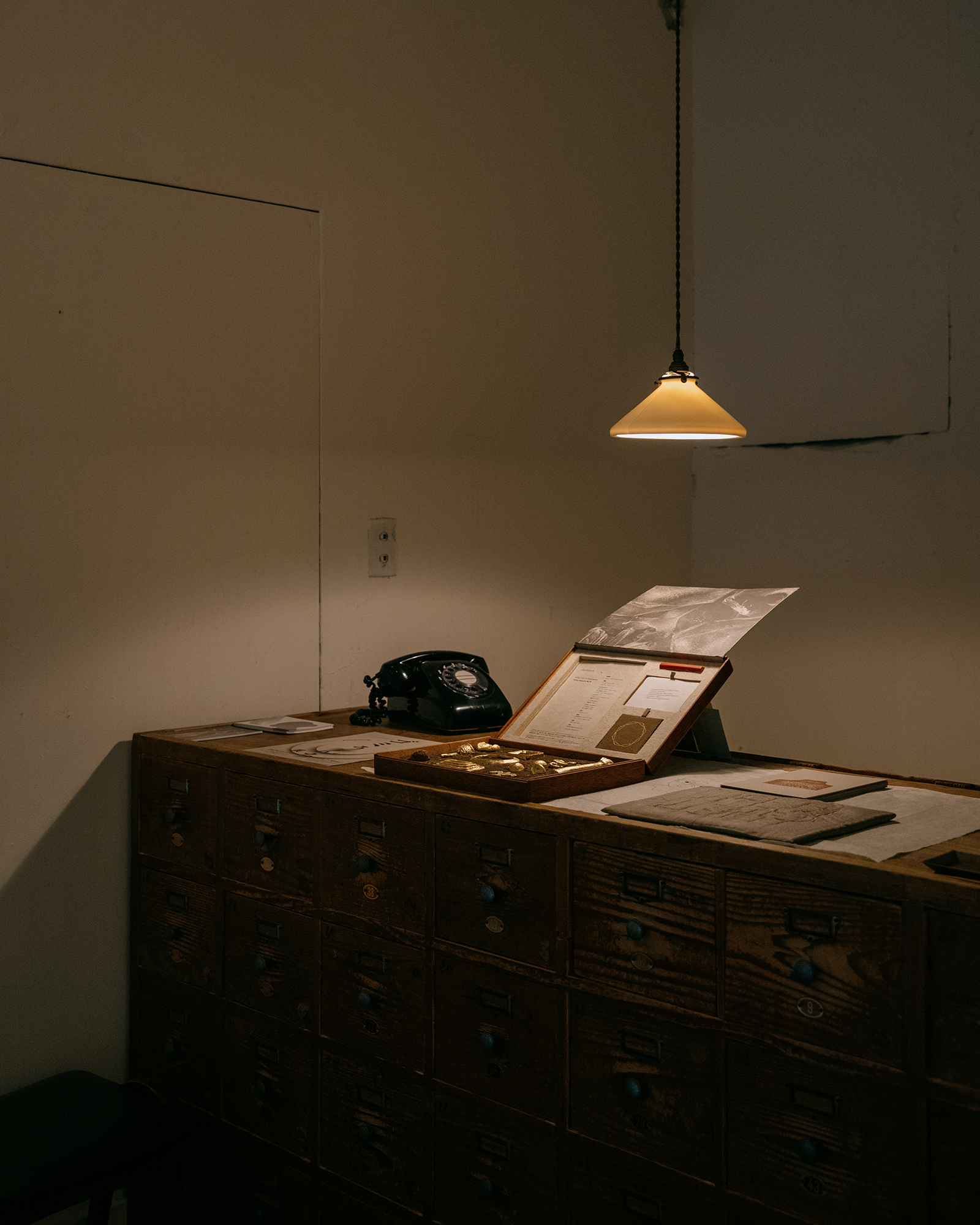
ビジョイ・ジェイン
1965年ムンバイ生まれ。アメリカのワシントン大学セントルイス校で建築を学ぶ。ロサンゼルスやロンドンでの勤務を経て、1995年にインドに帰国し、Studio Mumbaiを設立。建築家、エンジニア、熟練の職人、技術者、アーティストなど、幅広い分野の専門家が国や文化を超えて協働する場として活動を続けている。
現在はスイス・メンドリジオ建築アカデミーで教鞭を執り、これまでにアメリカのイェール大学やデンマークのデンマーク王立芸術アカデミーでも客員教授を務めた。2015年には、建築界への貢献が評価され、ベルギーのハッセルト大学から名誉博士号を授与されている。さらに、2017年には英国王立建築家協会(RIBA)から国際フェローシップを授与された。
森岡 督行
1974年山形県生まれ。森岡書店代表。文筆家。『800日間銀座一周』(文春文庫)、『ショートケーキを許す』(雷鳥社)など著書多数。 キュレーターとしても活動し、聖心女子大学と共同した展示シリーズの第二期となる「子どもと放射線」を、2023年10月30日から2024年4月22日まで開催する。
https://www.instagram.com/moriokashoten/?hl=ja平岩壮悟
編集者/ライター1990年、岐阜県高山市生まれ。フリーランス編集/ライターとして文芸誌、カルチャー誌、ファッション誌に寄稿するほか、オクテイヴィア・E・バトラー『血を分けた子ども』(藤井光訳、河出書房新社)をはじめとした書籍の企画・編集に携わる。訳書にヴァージル・アブロー『ダイアローグ』(アダチプレス)。
www.instagram.com/sogohiraiwaナタリー・カンタクシーノ
フォトグラファー
スウェーデン・ストックホルム出身のフォトグラファー。東京で日本文化や写真技術を学び、ファッションからドキュメンタリー、ライフスタイルのジャンルで活躍。https://www.instagram.com/nanorie/
Ginza Memoir #6 Part 1 Bijoy Jain "Humor Found Throughout Ginza"
2025.1.20
Text / Sogo Hiraiwa
Photo / Nathalie Cantacuzino
Ginza is a fascinating town, frequently linked with special moments and fond memories. Visits to department stores while holding tightly to a parent’s hand, afternoons in old-fashioned cafés run by one-of-a-kind characters, first dates in special restaurants . . . Ginza is a place like no other.
Hanatsubaki’s “Ginza Memoir” series, hosted by Yoshiyuki Morioka of the iconic Morioka Shoten bookstore, explores the multifaceted nature and universal appeal of Ginza through interviews with guests from a wide variety of fields. With Morioka as guide to Ginza’s hidden charms and diverse narratives, new discoveries await around every corner.
For the final chapter in this series, we feature architect Bijoy Jain. As the founder of Studio Mumbai, Jain’s work explores the relationship between people and nature. He’s designed numerous buildings that harmonize with their surroundings, like the LOG complex in Onomichi. Recently, he’s been gaining attention for installations in art spaces, such as those at the Cartier Foundation in Paris. This visit to Japan coincided with the release exhibition of his book Recollections at Morioka Shoten.
Although Jain has visited Tokyo many times, he’s never strolled leisurely through Ginza. So Morioka stepped in as his guide, leading him on a mini-tour of Ginza’s modern landmarks, starting with the historic Taimei Elementary School. Along the way, they stopped at Ichibankan, where Jain, on a whim, decided to have a suit tailored on the spot. Experiencing his spontaneous spirit firsthand, the group then continued on to Morioka’s office in the Okuno Building, where their conversation began, reflecting on their Ginza walk.
The Gentle, Noh-like Rhythm of Ginza’s Old Shops
Jain: Morioka-san, you have a good eye for things. How did you meet Mr. Shin Watanabe, the owner of Ichibankan?
Morioka: I suppose it’s a Ginza thing. We’re practically neighbors. Shin-san is also a shamisen musician.
Jain: Spending these last few days with you, I get the sense that you’re a true “enthusiast.” How did you come to see the world as you do?
Morioka: I believe the world is made up of two sides—good and bad, beauty and ugliness, yin and yang. When I was younger, I focused mostly on social issues like war, poverty, and famine. Reflecting on these issues is important, of course, but at some point, I decided to shift my focus to appreciate the good things in the world.
Jain: I sense a certain “movement” in you, Morioka-san. You seem to find balance between elements that are often considered opposites.
Morioka: “Movement,” you say?
Jain: Like breathing or blinking—things we do instinctively, but not unconsciously. In a way, they’re responsibilities we impose on ourselves. Humans are always in motion, yet you have this ability to find equilibrium within that movement. Morioka Shoten is a prime example. You create a boundless space within limits.
Morioka: Ah, I see.
Jain: In thinking about “movement,” what matters is being “precise enough.” Absolute “precision” can feel overly complete, but with “precise enough,” there’s space to allow for openness.
Morioka: That’s interesting. I think Ginza itself has a similar openness—like the places we saw today, Taimei Elementary School and Ichibankan. New buildings constantly spring up, yet these pockets of history remain as points that define Ginza’s character.
Jain: Let me explain “movement” another way. If you wanted to stop a high-speed train, like a shinkansen, one way is to throw a massive rock in its path. To truly slow it down, you’d need an enormous rock. But I don’t see Taimei Elementary or Ichibankan as obstacles; rather, they’re central to Ginza. When I return in the future, I imagine they’ll still be there, while everything else remains in constant motion—a kind of controlled chaos. The places we saw today move slowly, almost like a Noh play.
Morioka: Fascinating!
Jain: I think I’ll come to understand Ginza more deeply through places like Taimei Elementary and Ichibankan.
The Role of Humor in Architecture
Morioka: Could you share a bit more about being “precise enough”?
Jain: The key to “enough” isn’t about excess but about leaving room for humor.
Morioka: What does humor mean in architecture? At the Fondation Cartier exhibition, you used cow dung in one of your installations. Would you call that humor?
Jain: Yes, though humor can also be political, and it can carry gravitas. Architecture with gravitas invites people to linger. Humor can play a role in that. To answer your question, architecture can embody gravitas. Taimei Elementary, Ichibankan, and Morioka Shoten could all, from a strictly rational view, cease to exist, but they’ve chosen to remain. That kind of movement is unique within Ginza.
Morioka: Over the past few days, you’ve often mentioned “non-purpose as purpose,” and I sense you value chance encounters. Perhaps it’s what people call “serendipity”?
Jain: Not quite. Take Morioka Shoten—it’s driven by the concept of “selling just one book,” which doesn’t entirely align with economic principles. It’s tied to the economy to some degree, but that’s not its driving force. The buildings we saw today wouldn’t exist if economics were the only consideration. My idea of “non-purpose” is just that. When “non-purpose” becomes the purpose, you define movement.
Morioka: I see.
Jain: Imagine holding a book event where not a single book is sold. “Non-purpose” means there’s no outcome—or if there is, it’s unimportant. This is where humor comes in, as aimless movement is absurd and irrational. Absurdity and humor are like siblings.
Morioka: That makes sense. In a way, Onomichi’s LOG project could be seen as “non-purpose,” considering its location and economics.
Jain: Japan is a country of precision. That’s why, at LOG, I wanted to explore what it means to be “not precise enough.”
Bijoy Jain
Bijoy Jain, born in 1965 in Mumbai, studied at Washington University in St. Louis, Missouri, USA. He worked in Los Angeles and London before returning to India in 1995 and founding Studio Mumbai. The studio operates as an interdisciplinary group of architects, engineers, master builders, artisans, technicians and artists across continents.
Bijoy Jain teaches at the Accademia di architettura, Università della Svizzera Italiana in Mendrisio, Switzerland. He also taught as a visiting professor at Yale University in the United States and at the Royal Danish Academy of Fine Arts in Copenhagen. In 2015, he received an honorary doctorate from Hasselt University, Belgium, for his contribution to the architectural profession. In 2017, he received the RIBA International Fellowship in London.Yoshiyuki Morioka
Born 1974 in Yamagata. Head of the Morioka Shoten bookstore. Writer. Published books include Around Ginza in 800 Days (Bunshun Bunko) and Forgiving the Shortcake (Raichosha). Also active as an art curator, with recent shows including Children and Radiation, the second stage of an exhibition held jointly with the University of the Sacred Heart (October 30, 2003–April 22, 2024).
https://www.instagram.com/moriokashoten/?hl=jaSogo Hiraiwa
Editor/writer
Born 1990 in Takayama, Gifu. Freelance editor and writer contributing regularly to literary, cultural, and fashion magazines. Also involved in planning and editing books, including the Japanese edition of Octavia E. Butler’s Bloodchild and Other Stories (trans. Hikaru Fujii). Translator of Virgil Abloh’s Dialogues (Adachi Press).
https://www.instagram.com/sogohiraiwa/Nathalie Cantacuzino
Photographer
Born in Stockholm, Sweden. Studied Japanese culture and photographic technique in Tokyo. Shoots in genres ranging from fashion to documentary and lifestyle.
https://www.instagram.com/nanorie/

